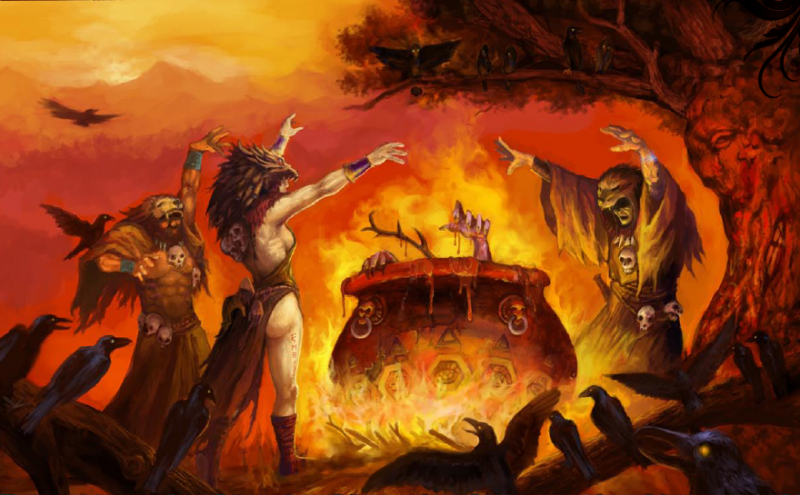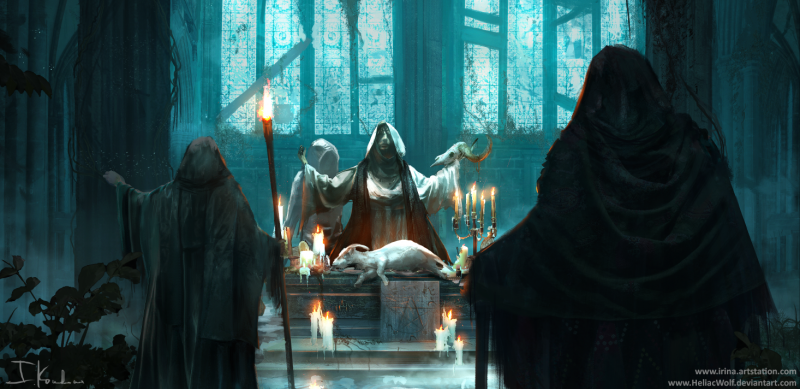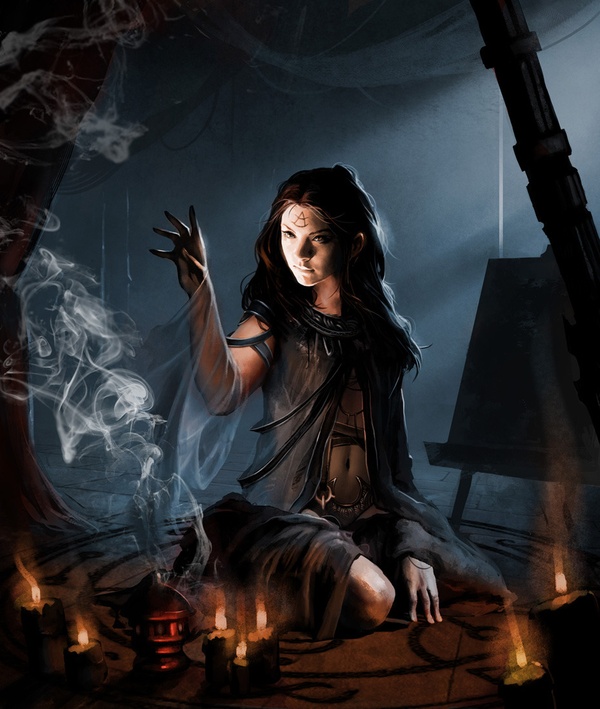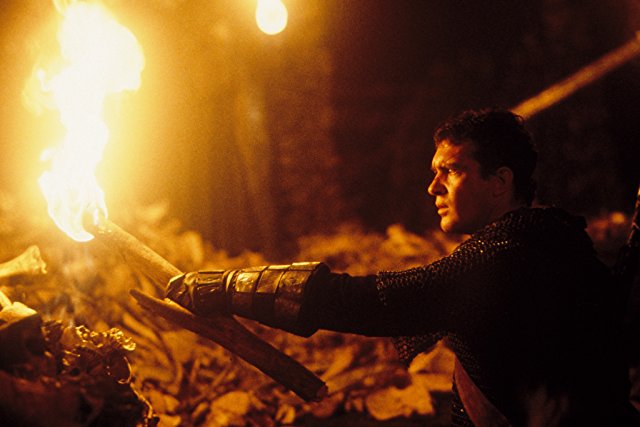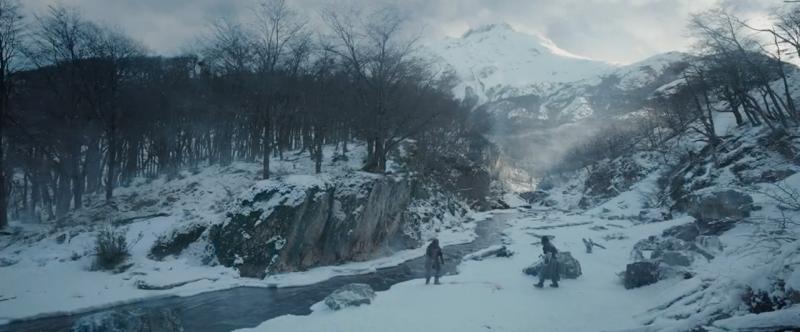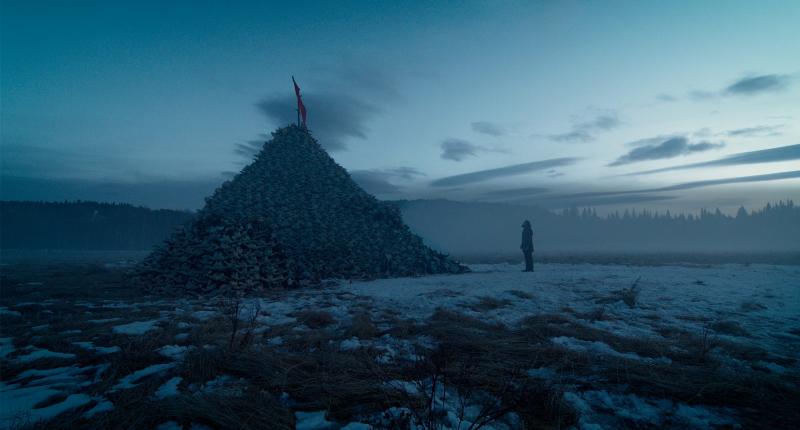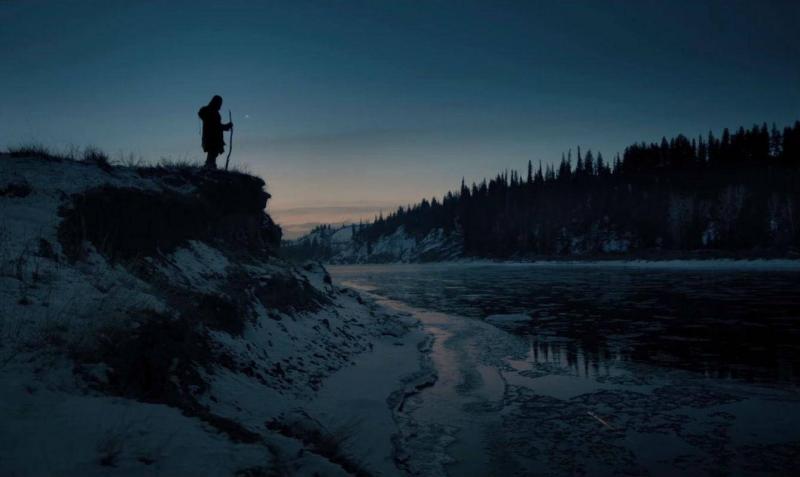At the very end of the run of Dungeons & Dragons’ 3rd Edition, someone came up with an idea to turn the game from one that covers heroes who start as complete nobodies to become practical demigods into one that emulates a more grounded style of fantas with a single very simple modification. In Epic 6, player characters can only advance up to 6th level, instead of up to 20th level and possibly beyond. Characters can still advance, but instead of getting new levels with everything that includes, they only get further customized through gaining one additional feat in place of additional levels. Numbers remain relatively small and within a range that has proven itself to work really well in practice, and most of the powerful spells remain outside of the players’ hands. It’s about getting characters to the level that is considered to be my many the one where they best represent the common image of a proper fantasy hero and then staying there. No new rules need to be learned and all the existing material of the game that is available to 6th level characters can still be used just as it is. As a rules hack, it is incredibly neat and elegant.
But to me, the really amazing consequence of E6 is not on the side of the players. In my own experience, very few games ever had characters reach 7th level and beyond. The great power of high level characters never became an issue in any of the games I played and ran. The reason I got so fascinated with E6 back when I still played 3rd Edition is the many implications that it has for the world around them. It’s not just that player characters are limited to 6th level, the same limitation also applies to NPCs as well. This means you can’t simply go to a big temple or wizard school and pay someone to cast 4th and 5th level spells for you and you won’t be able to buy scrolls of these spells as well. A considerable portion of magic items also can no longer be crafted by either PCs or NPCs either. Even if magic is as widely available as the game seems to assume by default, the limitations of what spells are available to the wizards and clerics of the setting lead to a rather different “high magic” setting with a lot of low-power magic and an almost lack of high-power magic.
But where it gets really interesting is the fact that these limitations on the powers and abilities on PCs and NPCs don’t apply to monsters, as those don’t normally have levels. Many people seem to prefer to adjust the world of their game accordingly by limiting the monster population to creatures that are considered appropriate challenges for 6th level parties by the rulebooks, but I’ve been much more a fan of keeping all those big critters around as they are. This way you get a world in which even the most powerful mortal heroes are incapable of taking on directly. If an older dragon or greater demon needs to be dealt with the players will have to work out different strategies to face than other than straight up challenging them to a fight in their lair. At the same time, powerful magical creatures are the only source of access to higher level spells which they have as inborn abilities rather than learned through advancing in levels. If you need powerful magic, you need to find a powerful magical creature and convince it to provide it for you. A world in which “high level” PCs stand head and shoulders above the common rabble but are still dwarfed by magical monsters is something I’ve not really seen much in fantasy. Something that I find very fascinating from a worldbuilding perspective. While I like the mechanics of Symbaroum, the way it is written it only makes advanced PCs vulnerable to common soldiers and bandits, but at the same time it also lets them take out the most powerful monsters just as quickly. Limiting the possible strength of monsters the way they are feels somewhat disapointing to me. There is a space for fantasy in which fights can take almost the form of Russian roulette by making engaging a powerful foe a great danger. But setting things up in a way that a head on assault isn’t really a viable option strikes me as much more interesting.

